As technology continues to advance, new cyber threats are being created daily, and thus, every business has to ensure that they have strong security measures in place at all times. Penetration Testing as a Service (PTaaS) refers to the modern and flexible way of performing pen testing to identify and neutralize security threats before hackers and cybercriminals can access the organization’s systems or networks. This service allows organizations to do penetration assessments more often and effectively so that they can counter any probable threats.
In this blog, we will cover all you need to know about PTaaS starting with how it works, the benefits associated with it, the key features you are likely to expect from a good PTaaS provider, some of the challenges that are expected to be observed, and a list of some of the PTaaS providers in the market.
What is Penetration Testing as a Service?
Penetration Testing as a Service (PTaaS) is a service model that is oriented on the usage of cloud-based services for penetration testing and it aims at the automation of the process. Unlike the conventional penetration testing approaches that use enormous time and human input in the performance of pen testing, PTaaS offers seamless and real-time testing services. This new-school approach means that security testing can be performed more often and businesses can address susceptibilities before these can be leveraged.
Based on advanced testing instruments and security professionals, PTaaS improves security posture by applying cyberattack replicas. Unlike a vulnerability assessment, which only looks at the risks that threaten an organization’s IT infrastructure by comparing it to standard norms, PTaaS works as a security audit that shows how easily an attacker could penetrate your defenses.
How PTaaS Works?
The process within the PTaaS environment is generally suggested to be simple, but at the same time quite effective. Here’s a step-by-step breakdown of how it works:
1. Initial Setup:
The service provider will interact with the client to identify the security needs, environment, and coverage of the testing. This phase makes sure that the PTaaS solution is aligned with the needs of the client by offering them customized solutions.
2. Automated Testing:
PTaaS platforms also include programmatic hackers who use automated scanning tools to enact mock cyber threats in an attempt to determine where the system may be most vulnerable. These scanners are always on constantly, they will alert you to any new openings in real-time.
3. Manual Penetration Testing:
Other forms of testing that are offered by many PTaaS providers include the use of automated testing in addition to manual testing which is done by security professionals. This brings the element of human skills into play so that more complex vulnerabilities, which may not be easily spotted by the software, are identified.
4. Vulnerability Reporting:
After going through the testing phase, PTaaS platforms can come up with comprehensive reports that assess the risks that have been identified. In most cases, these reports are accompanied by suggestions on how best to eliminate or to reduce the risks involved.
Latest Penetration Testing Report

5. Remediation Support:
Once risks have been realized, the PTaaS services typically offer advice and assistance on the means of doing it. This may include updates such as patches, changes in the system configuration, or modifying security scan results.
6. Continuous Monitoring:
If there is one thing that PTaaS offers as a benefit, there is constant monitoring possible. This ensures that once the issues are corrected, they do not reoccur and any other risks are recognized.
Benefits of PTaaS
There are many benefits of using Penetration Testing as a Service compared with traditional testing techniques. Some of the key benefits include:
- On-Demand Testing: What this means is that through PTaaS, one can conduct penetration testing as often as they want without having to arrange for third-party testers. This makes it possible to undertake testing more often and also in a more flexible manner enabling constant security.
- Cost-Effectiveness: It is cheaper than most other methods because it cuts expensive manual tests, which are part of the PTaaS process. Another advantage of PTaaS is the low overhead since the tools are fully automated and implemented based on cloud services that can be used by small and medium-sized businesses.
- Real-Time Results: Conventional penetration tests are carried out and it may take days and even weeks to get the results. New insights of PTaaS are real-time updates and reports that enable organizations to deal with vulnerabilities instantly.
- Scalability: PTaaS platforms can therefore grow in size depending on the size of the businesses they wish to serve. From an application of a small business to a fully-fledged enterprise with an extensive edifice, PTaaS can scale all its resources.
- Expert Insight: Most PTaaS providers use machines to assist in the process, though professionals known as penetration testers are also often involved. This combination guarantees correctly assessed complicated risks and businesses provided with efficient advice on how to fix the problem.
Key Features of PTaaS Platforms
A reliable PTaaS platform offers various features that make it stand out as an essential security tool. Here are the primary features you should look for in a PTaaS platform:
- Automated Vulnerability Scanning: It is the foundational aspect of any PTaaS platform, and reflects its capability to perform automated vulnerability scans. These tools are very important when it comes to detecting which environments are misconfigured, which of them is running outdated software, or which environment has the usual vulnerability.
- Manual Testing by Security Experts: Most PTaaS solutions provide both automated and manual pentesting services to ensure they capture complex vulnerabilities that automated systems may fail to detect.
- Continuous Monitoring and Testing: On-going Vulnerability Assessments allow the infrastructure to be constantly challenged even after a pass through the test. This feature is very useful in responding to new and emerging threats in the future.
- User-Friendly Dashboards: PTaaS solutions usually include easily accessible portals where the users can overview the vulnerability reports, check the progress of the remediation, and obtain information regarding their company security situation.
- Integration with Other Security Tools: PTaaS solutions should be offered on top of or should be complementary to existing security tools including SIEM systems, bug-tracking software, and Patch management platforms.
- Compliance Reporting: It is important to note that security has always been high on the agenda of organizations across many industries. A good PTaaS platform will assist the organization in achieving compliance with regulations such as; GDPR, HIPAA, or PCI-DSS by offering compliance reports.
Challenges of Using PTaaS
Despite its many benefits, PTaaS also comes with a few challenges:
- Limited Customization: Some PTaaS platforms may allow only minimal customization, and this may be a disadvantage if a business has specific or unique security requirements.
- Dependence on Automation: Automated testing can be effective in delivering efficient results for a wide range of vulnerabilities, but it has the disadvantage of failure to identify intricate vulnerabilities that might need a human approach. To date, none of these systems can operate fully autonomously; if people are removed from the process, important problems may be missed.
- Data Sensitivity Concerns: Due to various reasons such as data sensitivity some organizations can be reluctant when using cloud-based PTaaS platforms when testing a product.
- Initial Learning Curve: For a business that has not engaged in penetration testing earlier there could be some learning curve while adopting and implementing the PTaaS platform. On the other hand, most providers extend assistance when it comes to the onboarding process.
How to Choose the Right PTaaS Provider?
Selecting an appropriate PTaaS provider is an important consideration when selecting PTaaS as the means to execute your penetration testing. Here are a few factors to consider:
- Reputation and Experience: When selecting PTaaS providers, one should always choose companies with a good reputation and experience in the sphere of cybersecurity.
- Range of Services: Make sure that the provider provides a wide scope of services, including automatic and manual Penetration testing.
- Scalability: Also, select the provider that has the capabilities of expanding on the services offered to accommodate the needs of your business regardless of the size or its specific functions.
- Compliance: There are always some regulations in an organization that have to be followed, to ensure that the provider of PTaaS can provide compliance reports.
- Customer Support: Select a provider that has adequate customer support, especially when it comes to configuration, testing, and troubleshooting.
List of Top PTaaS Companies
Here’s a list of some of the top PTaaS providers in the industry: Here’s a list of some of the top PTaaS providers in the industry:
1. Qualysec
Qualysec is one of the well-known companies offering PTaaS (Penetration Testing as a Service) that aims to provide an extensive security evaluation of an organization’s systems and applications. It has a reputation for offering both automated and manual testing solutions. They work for industries like banking, health care, and e-commerce, which demand the highest level of security standards.
Here are some key aspects of Qualysec as a PTaaS provider:
-
On-Demand Services:
Qualysec’s Penetration Testing services are quite flexible and open so that individuals and firms can book their penetration testing at their own convenient time. -
Expertise and Experience:
The team at Qualysec comprises professional cybersecurity experts with good experience in penetration testing and this makes it possible to get a qualified assessment that meets the industrial standards. -
Comprehensive Assessments:
The Qualysec program involves extensive assessments of different zones such as web applications, mobile applications, clouds, infrastructures, and the network. -
Automated and Manual Testing:
When complementing the automated evaluations with traditional testing methods, Qualysec guarantees increased precision in terms of vulnerability detection, thus offering a broader perception of security threats. -
Detailed Reporting:
Following the assessments, Qualysec presents detailed reports, including the vulnerabilities found during the test, the impact of those vulnerabilities, and remediation methods to improve the organization’s security. -
Continuous Monitoring:
With PTaaS, Qualysec is always ready to assist organizations in conducting regular security tests and updates, ensuring readiness for emerging security risks and challenges as they are known in the market. -
Compliance Support:
Qualysec provides organizations with solutions for various compliance requirements, including GDPR, PCI DSS, HIPAA, and others, through its testing services.
With Qualysec as your PTaaS provider or Professional Information Technology Services Partner, organizations can stand right on superior security defense against threats. Thus, the ultimate qualities of Qualysec as a flexible solutions provider and a dedicated consultant for improving the client’s cybersecurity are undeniable.
Talk to our Cybersecurity Expert to discuss your specific needs and how we can help your business.
2. BreachLock
BreachLock has a cloud-based PTaaS that automates the process while incorporating human intelligence. They offer constant vulnerability assessment and can also perform detailed penetration testing promptly.
3. CrowdStrike
CrowdStrike is a leading cybersecurity company with several security offerings and services, including PTaaS. These services they offer include real time reporting, solutions that can be implemented on a large scale and they also do manual testing.
4. NetSPI
NetSPI focuses on the latest penetration testing services as it has automated as well as human-involved testing solutions. Currently, their PTaaS is oriented for large enterprises as such companies need to address the issue in the course of their activity.
5. Rapid7
Rapid7 provides robust PTaaS, which provide continuous vulnerability scans, compliance reporting, as well as integration to other solutions. Their platform is flexible and easy to use, meaning that this will greatly suit businesses of any scale.
Conclusion
PTaaS or the Penetration Testing as a Service has emerged as the modern means of security testing for many organisations. The ability to run tests as often as needed, access the services whenever required and to receive results in real time enables organisations to effectively utilise PTaaS and enhance their protection from cyber threats. Due to the use of professional penetration testers combined with automation tools, PTaaS guarantees coverage of all important areas to help organisations counter emerging threats.
FAQ
Q. What does PTaaS mean?
Penetration Testing as a Service or PTaaS is a service that is cloud enabled and delivers continuous penetration testing so that businesses can try to find and fix problems in real time.
Q. How does PTaaS improve security testing efficiency?
PTaaS enhances efficiency of operation by offering testing services on demand, automated vulnerability scan and real time report generation. This means that threats can be checked more often and threats when identified can be addressed early enough.
Q. How much does PTaaS cost?
The pricing of PTaaS depends on the specific supplier as well as the level of testing needed for a given application. Costs can be as low as a few thousand for simple diagnostics and as high as tens of thousands for more extensive examinations.
Q. What is the duration of the Pentest (PTaaS)?
The duration of a penetration test through PTaaS depends on the scope of the test. Automated scans can be completed in hours, while more in-depth manual testing might take days or weeks. Continuous testing allows for ongoing assessments and real-time results.






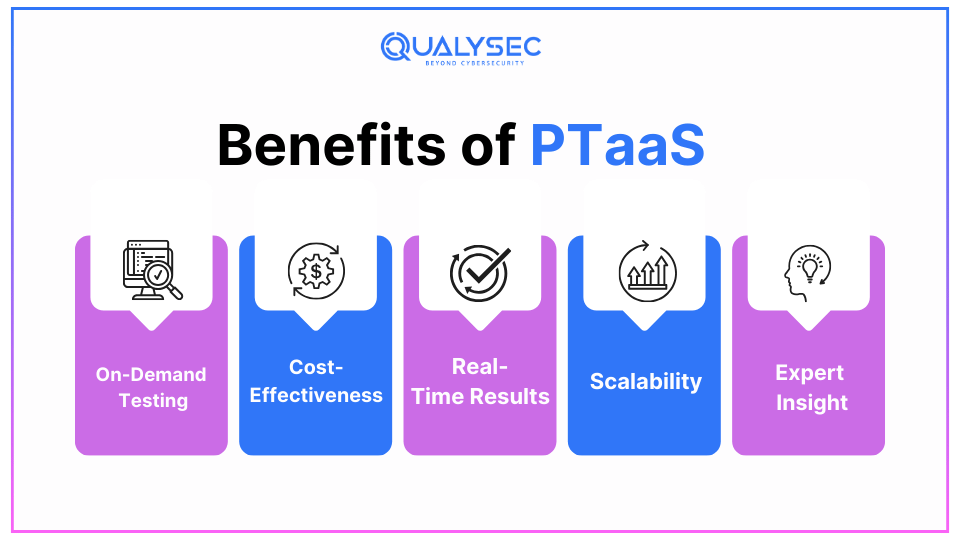
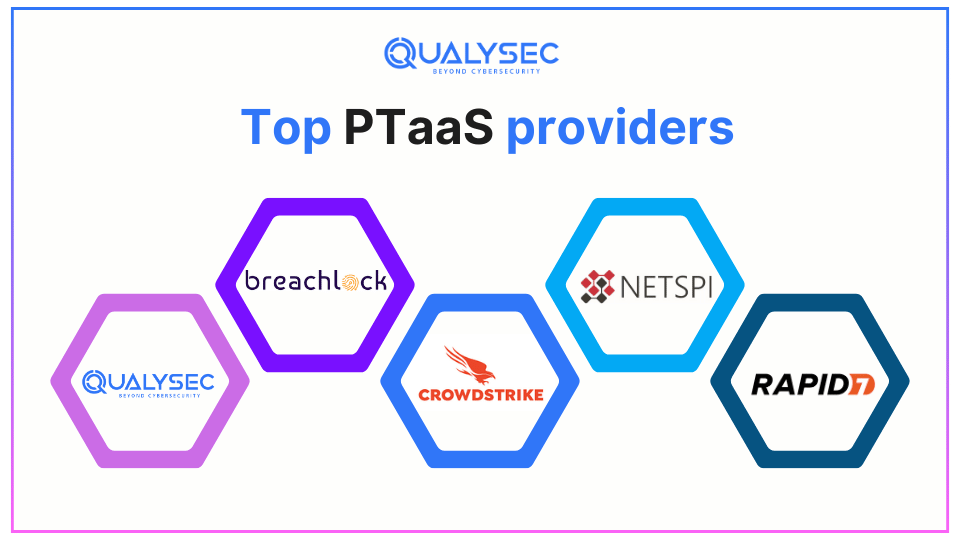



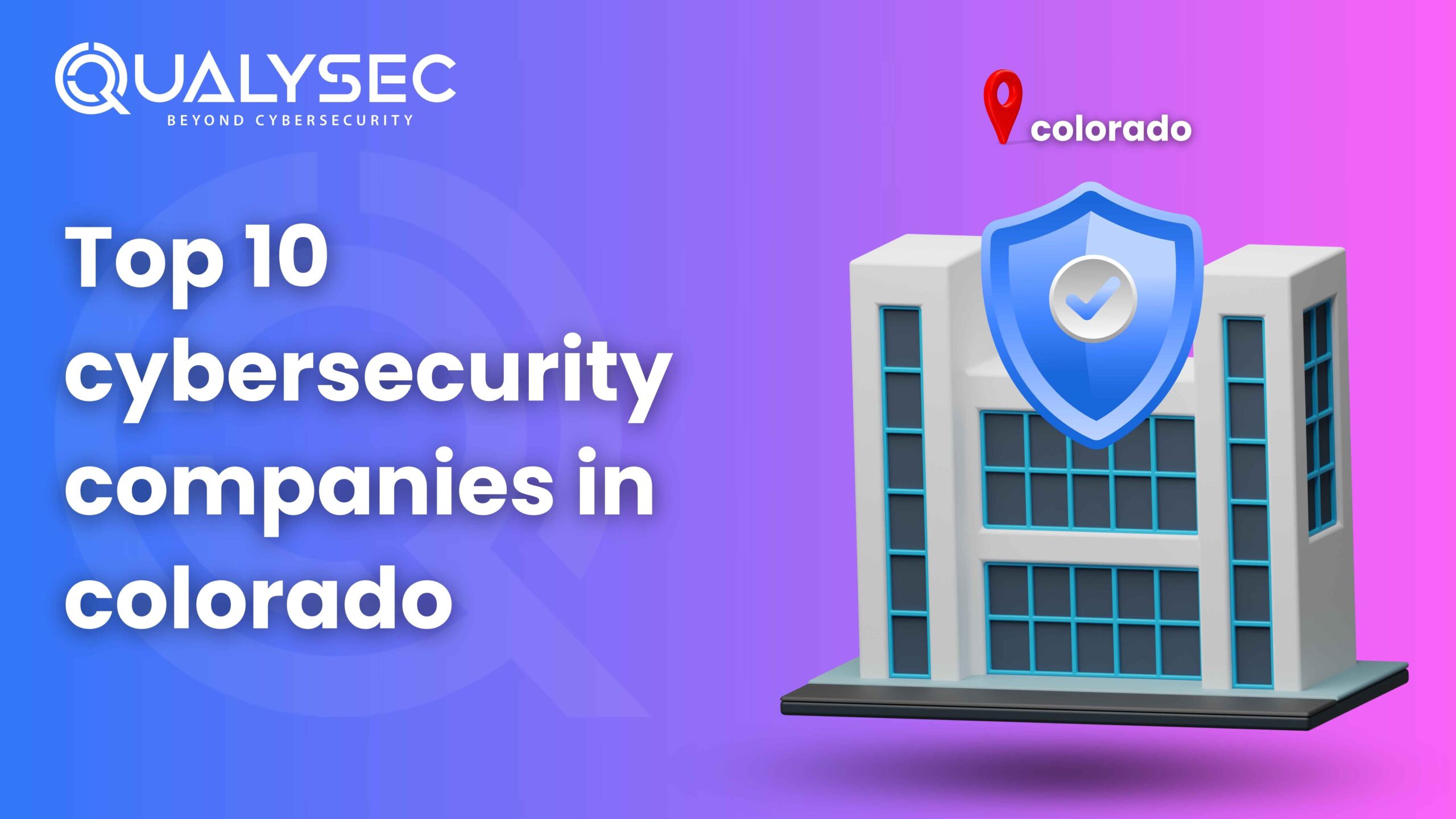



































































































































































































































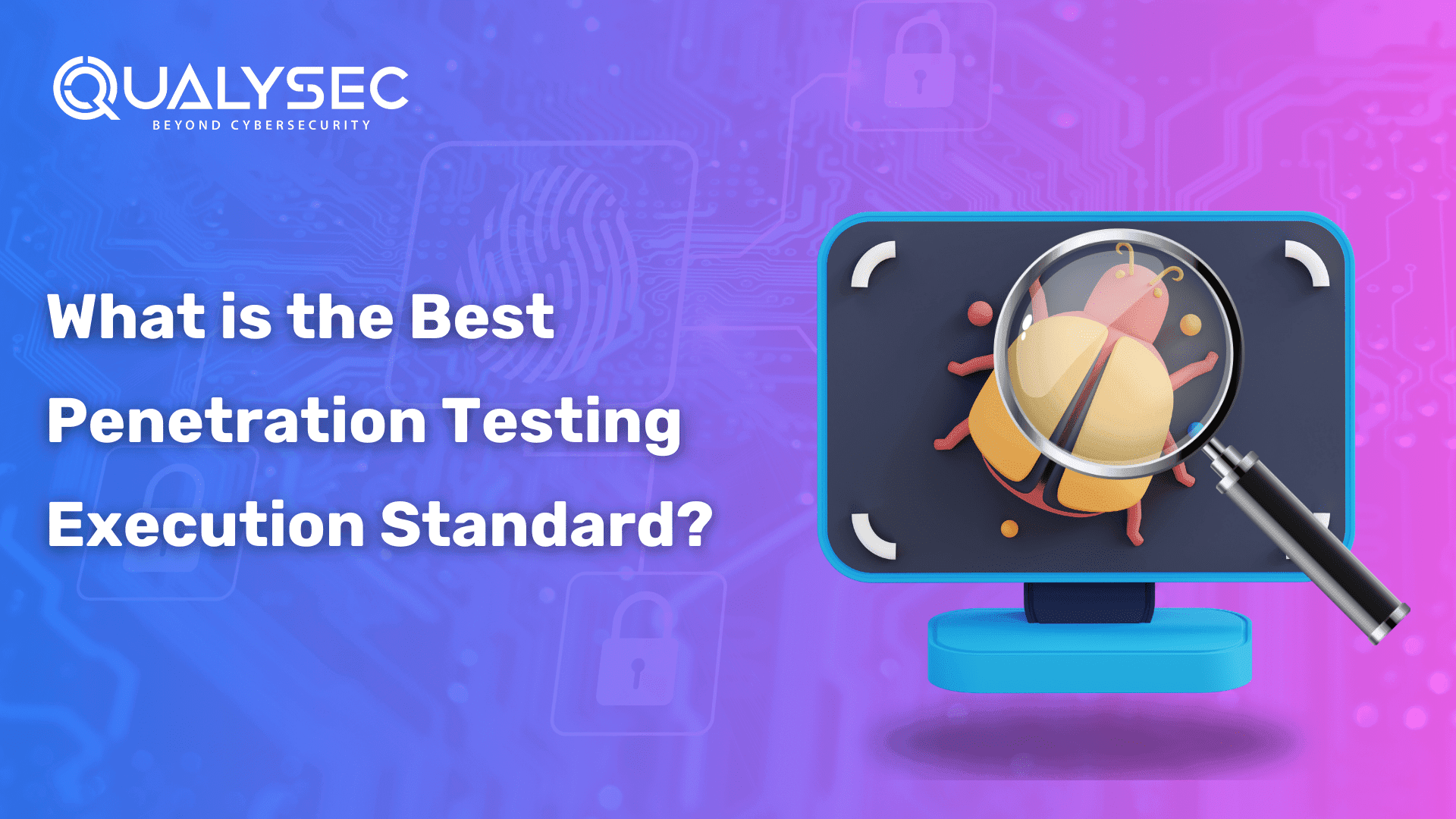





















































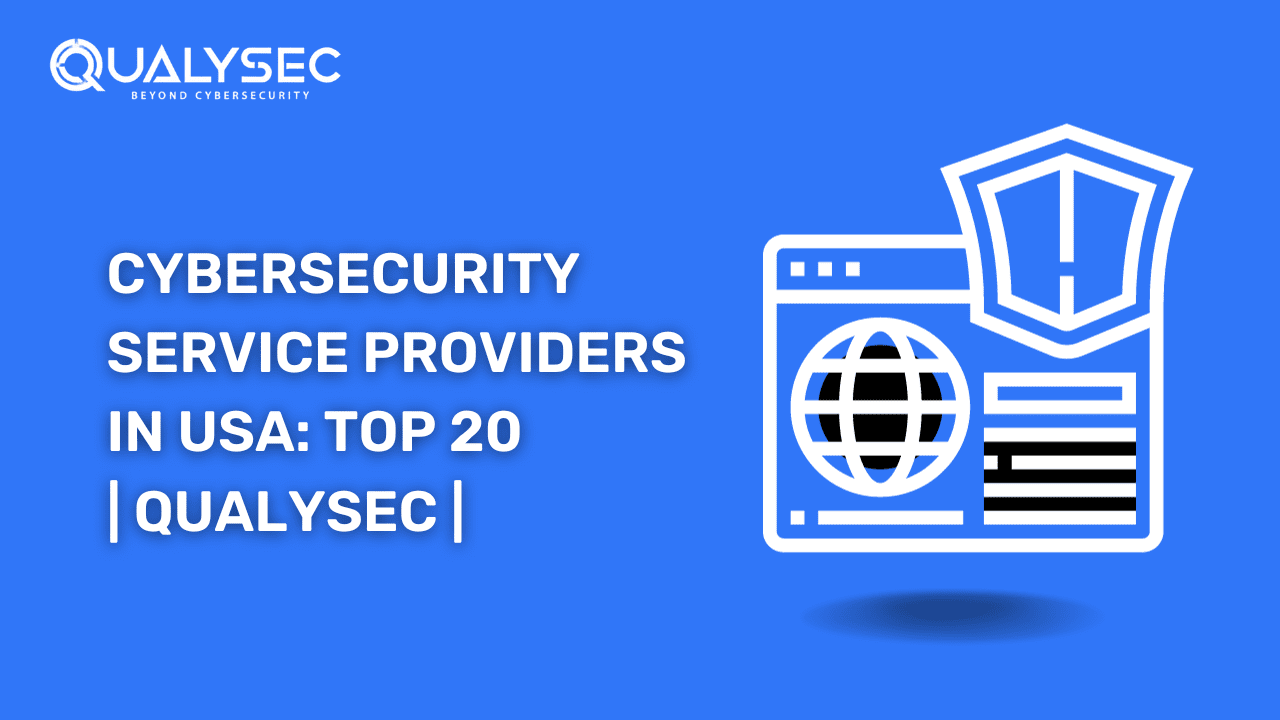





























































































































































































0 Comments